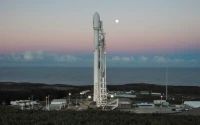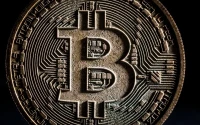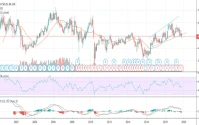Title Fulfillment: Brace Yourselves: Xiaomi's 2026 Price Hike Isn't Just Xiaomi—It's Everyone
The smartphone market is bracing for impact. Xiaomi President Lu Weibing has publicly stated that memory shortages will likely push smartphone prices higher in 2026. He claims to have secured Xiaomi’s full-year memory supply, but warns that the rising cost of components will inevitably trickle down to consumers. This isn't just a Xiaomi problem; it's a canary in the coal mine for the entire industry.
The Looming Memory Crisis
Lu Weibing pinpointed 2023 as the low point for memory chip prices, and the current surge seems to be a longer-term trend. The demand, driven by AI and high-bandwidth memory (HBM), isn't expected to be met by new supply until 2027. That leaves a significant gap—a multi-year window—where demand outstrips supply. The South China Morning Post quoted Lu, noting that this squeeze could hit domestic Chinese players hardest, potentially forcing some out of the market.
This isn’t just about Xiaomi (though the Xiaomi 17 series will likely see a price bump). Samsung is feeling the pressure too. The Maeil Business Newspaper reports that rising memory and application processor (AP) costs are pushing Samsung to consider raising prices for the upcoming Galaxy S26. They've been absorbing these costs for years, but the dam seems ready to break. Samsung reportedly paid around 11 trillion won for APs in Q3, a 25.5% year-on-year jump. And this is the part of the report that I find genuinely puzzling. If Samsung is raising prices on memory chips by 30-60% this month, how much higher can they push it before demand collapses?
TrendForce has already adjusted its 2026 production forecasts, projecting a 2% year-on-year decrease in smartphone output (previously, they estimated a 0.1% increase) and a 2.4% decrease in notebook production (down from a previous forecast of +1.7%). That’s a swing of over 2 percentage points, and it's all tied to the memory crunch. According to [News] Memory Crunch Hits Smartphones: Xiaomi Flags 2026 Price Hikes, Samsung Under Memory, AP Pressure, these adjustments are directly linked to Xiaomi's warnings about rising prices.

The Premium Push and the Squeeze
Xiaomi’s strategy, as ijiwei suggests, involves climbing the value ladder with premium models like the Mi 17 series to boost profitability. They've already raised prices on the Redmi K90 flagship, partly due to rising memory costs. But here’s the rub: how many consumers are willing to pay "iPhone 17" prices for a Xiaomi phone? The company reported strong Q3 results, with revenue up 22.3% to RMB 113.1 billion, but that growth could stall if consumers balk at higher prices.
The memory price surge isn't just about smartphones. AI is driving demand for HBM, diverting resources and capacity. This creates a ripple effect, impacting everything from smartphones to laptops. The result is a global constraint on memory supply that could last for years.
How was this data gathered? Did TrendForce speak with manufacturers? Did they rely on projections from memory suppliers, who have a vested interest in higher prices? Details on their methodology remain scarce, but the impact is clear: fewer smartphones and notebooks will be produced in 2026.
The Inevitable Price Correction
The smartphone industry has enjoyed relatively stable prices for years, but that era is ending. The memory crunch, driven by AI demand and limited supply, is forcing manufacturers to raise prices. Xiaomi's warning is a signal to consumers: brace yourselves. The days of cheap smartphones are numbered.
The Numbers Don't Lie
The data points to one conclusion: expect to pay more for your next phone.










